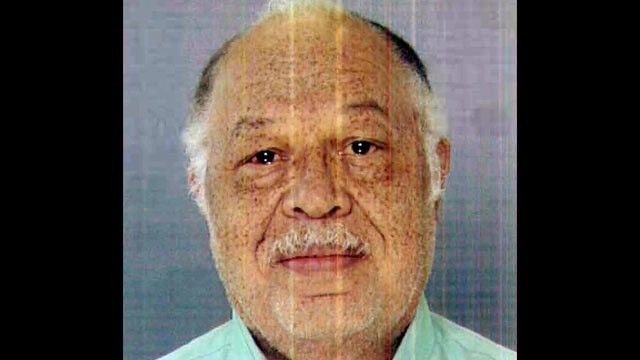Kermit Gosnell, Abortion Doctor Charged With Murder, Awaits Verdict

The trial of Dr. Kermit Gosnell, a rogue abortion doctor who was charged with the murders of seven infants and a 41-year-old patient, heads into its fourth day of jury deliberations on Monday.
Currently, he awaits a verdict for murdering four babies who were allegedly born alive, by severing their spinal cords with scissors. Three of the original seven charges for murdering infants were thrown out. His defense lawyer, Jack J. McMahon, claims that all four infants were born as stillbirths.
Established by Dr. Gosnell in 1972, the Women’s Medical Society in West Philadelphia is an abortion mill described by the prosecution as a “house of horrors.” The operation exploited desperate minorities, immigrants, and poor women.
Dr. Gosnell was charged with murder on January 19, 2011, after the Drug Enforcement Administration (DEA) investigated him for writing 1,900 prescriptions a month for pills with high street value.
Rather than finding the typical pill mill, investigators encountered blood-spattered floors, dozens of jars of severed baby feet, and the stench of urine and cat-feces.
Grizzly details of the operation were provided by clinic workers including Stephen Massof, an unlicensed medical school graduate who plead guilty to the murders of two babies. Massof claimed that the clinic killed nearly 100 living infants by severing their spinal cords, a method he described as "literally a beheading. It is separating the brain from the body.”
“[I]t would rain fetuses. Fetuses and blood all over the place," Massof testified, describing the busy clinic.
The trial testimony has reignited the debate between anti-abortion and pro-choice activists over late-term abortions. Both the defense’s and the prosecution’s cases essentially rest on whether the infants — known to jurors as Baby Boy A, Baby C, Baby D, and Baby E — were killed after they were born alive, or minutes earlier, as fetuses in utero.
Dr. Gosnell would perform many of the abortions by injecting digoxin into mothers to cause fetal demise, then inducing labor to expel the dead fetus.
Clinic staff said they supposedly-dead fetuses moved, showing signs of life. “[Baby E] made noises, a whine like my baby,” the prosecutor said, quoting a clinic worker.
Another clinic worker testified that Baby D appeared to make swimming motions after being delivered into a toilet, from which a doctor’s assistant pulled it out and cut its neck.
The defense argues that any movements observed were simply involuntary spasms.
Dr. Gosnell also faces a third-degree murder charge for the death of Karnamaya Mongar, 41, who overdosed from anesthesia and painkillers after coming into Gosnell’s clinic as a patient.
According to Grand Jury Testimony, one former employee described her anesthesia training as “a 15-minute description by Gosnell and reading a chart he had posted in a cabinet.”
Untrained, unqualified staff assisted Dr. Gosnell throughout, including his wife Pearl, a cosmetologist who sometimes assisted during abortions. She has already plead guilty to performing illegal abortions.
Dr. Gosnell is also charged with performing 24 abortions beyond 24 weeks. In the state of Pennsylvania abortions past 24 weeks are illegal, except in the case that the pregnancy endangers a mother’s life. After 24 weeks of gestation, a fetus may survive outside of the womb.
Late-term abortions are rare. According to the Centers for Disease Control and Prevention, only 1.3 percent of abortions occur beyond 20 weeks. The majority, 92 percent of abortions, are performed before 14 weeks.
If found guilty, Dr. Gosnell could face the death penalty.
His sentencing will hinge on the sympathies of jurors, who may view him as a doctor who went too far in an effort to give back to his community, or as a serial murderer, who collected baby feet as trophies.
"Do you think there is any medical reason to save the foot of a baby?" Assistant District Attorney Edward Cameron asked.
Published by Medicaldaily.com



























